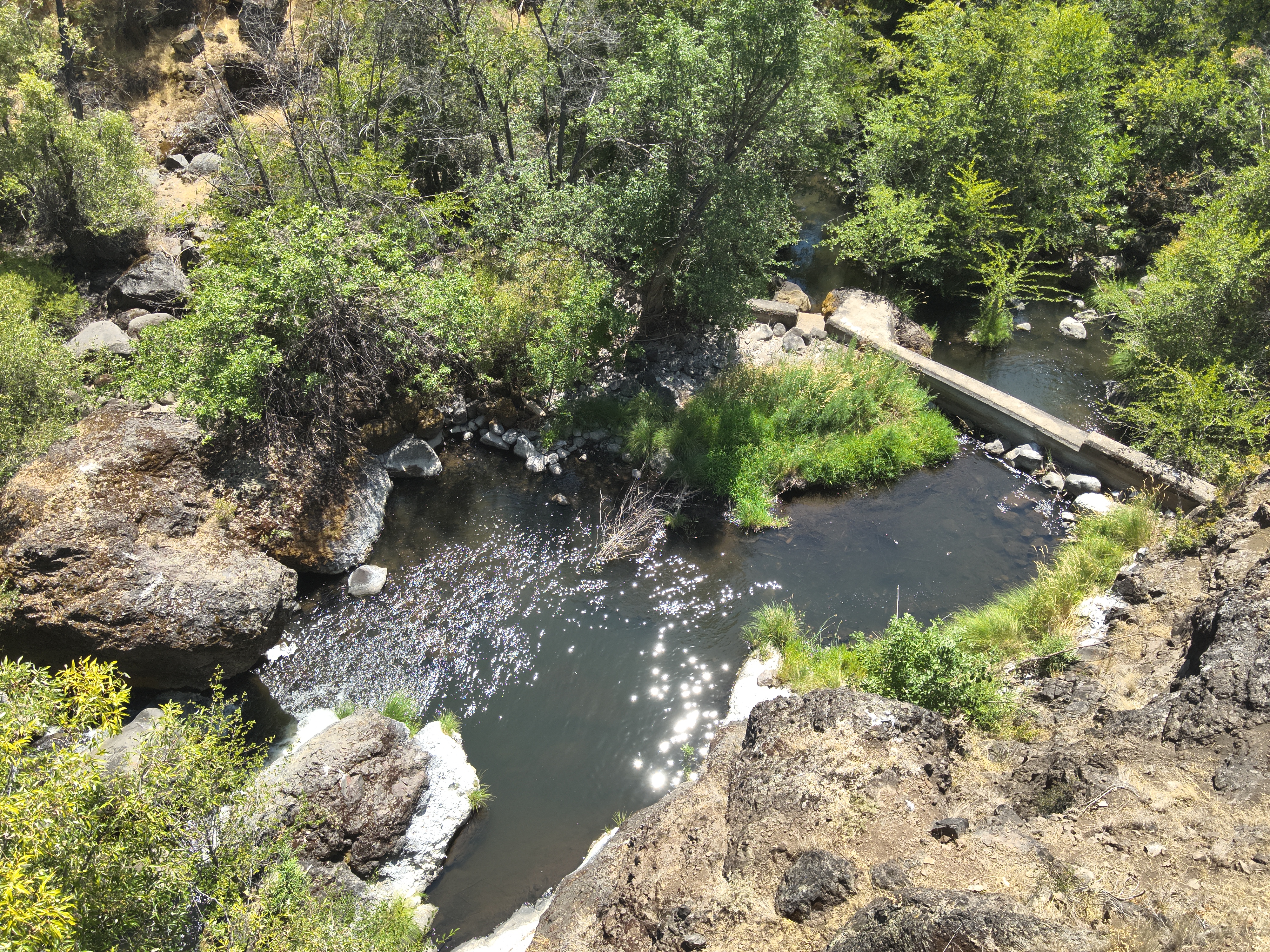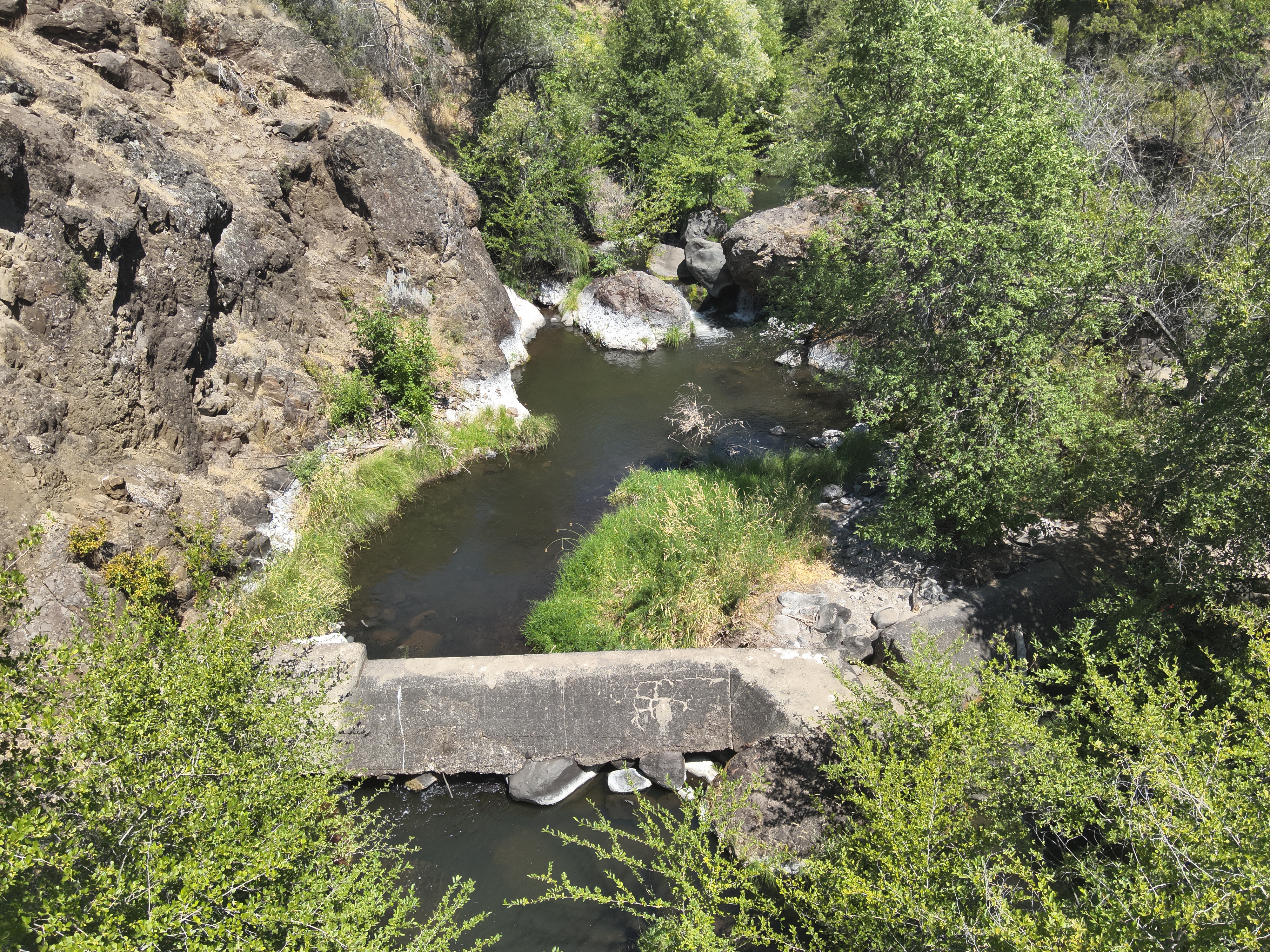
The Jenny Creek Manmade Barrier Removal will remove a man-made concrete barrier 1.05 miles upstream of the reservoir of the former Iron Gate Dam, which was removed from the Klamath river in Summer 2024 in the first of a suite of the world’s largest suite of dam removals.
The Jenny Creek Manmade Barrier Removal will remove a man-made concrete barrier 1.05 miles upstream of the reservoir of the former Iron Gate Dam, which was removed from the Klamath river in Summer 2024 in the first of a suite of the world’s largest suite of dam removals. The barrier is located on Jenny Creek, which is the largest tributary in the hydroelectric reach on the Klamath River, with PacifiCorp estimates that between 30 and 500 CFS enters Iron Gate Reservoir from Jenny Creek. Jenny Creek is unique because it is the only creek in the hydroelectric reach that contains moderate to high gradient riffle habitat, with several large pools that could be optimal for salmonid rearing. Removal of the barrier will extend anadromous fish habitat to the natural waterfall barrier located 1.9 miles upstream from Iron Gate Reservoir.
The historic removal of the Iron Gate Dam, and the removal of the barrier on Jenny Creek will allow for the return of Chinook Salmon, coho salmon, and steelhead, to Jenny Creek for the first time since Iron Gate Reservoir was constructed in 1964. The barrier removal will be especially important for Coho Salmon because of declining populations in California, where they are listed under the California endangered Species Act and nationally under the Federal Endangered Species Act. Modeling efforts suggest that Jenny Creek has the potential to support 18,100 summer rearing Coho Salmon and 51 redds (Ramos, 2020).
Human Interest/Community Benefit:
The historic Klamath dam removals have been only possible through a massive multi-organizational effort including federal action by NOAA NMFS and countless local partners from surrounding communities and traditional tribal stewards of the Klamath. Utilizing the catalyst of the dam removals to open additional upstream habitat not available for most of a century is the best possible outcome for the native anadromous species that once freely ran the Klamath river.
Project Timeline: Project implementation will start in April 2024 and be completed by fall 2024.
Partners:
- Trout Unlimited (lead),
- California Department of Fish and Wildlife (CDFW),
- Resource Environmental Solutions (RES),
- United State Fish and Wildlife Service (USFWS),
- Bureau of Land Management,
- Modoc Nation,
- Yurok Tribe,
- Karuk Tribe. and
- Shasta Indian Nation.

